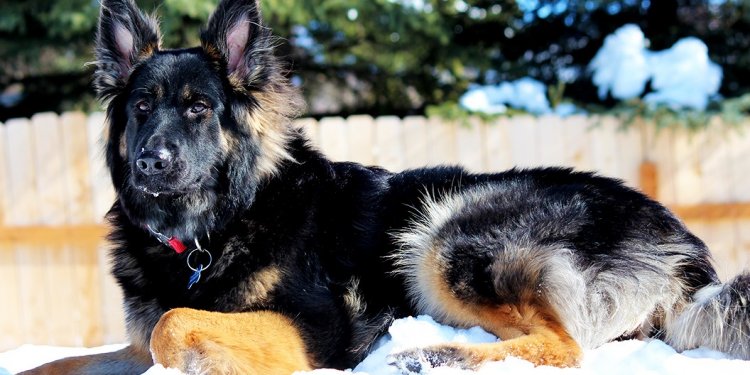
Long haired German
Winnipeg, Manitoba
If you tell the average North American hunter that you have a German Shorthaired Pointer or German Wirehaired Pointer, he or she will probably know exactly what kind of dog you are talking about. But tell that same hunter you have a German Longhaired Pointer, and the response you are most likely to get is a blank stare follow by: “Say what?” Yet, the German Longhaired Pointer is actually older than its Shorthaired and Wirehaired compatriots. It also has a strong and well-regarded club in its homeland, a growing population in North America, and even a small but active following on the field trial circuit in the Netherlands, France and Spain.
HISTORY
During the late Middle Ages, long-haired hunting dogs could be found throughout most of the low-lying, marshy regions of northern France, Holland and western Germany, where they went by a variety of names—Chiens d’oysel, Épagneuls, Spionnen, Stöberhunde, or Wachtelhunde.
Originally they were used mainly to flush game for hawks and falcons or into nests, but, with the development of guns light enough to shoot birds on the wing, hunters began to select them for a more pronounced pointing instinct. The French developed chiens couchants (setting dogs) they called épagneuls and, from them, the English developed Setters. In Germany, the transformation of flushing breeds into pointing breeds happened somewhat later, and it wasn’t really until the mid-1800s that the idea of a national breed of long-haired pointing dog caught the imagination of German sportsmen. Like the national short-haired and wire-haired breeds that would be developed somewhat later, the German Longhair was created by blending local types of hunting dogs with breeds from other countries. It is likely that French épagneul breeds, English Setters and Pointers contributed to the mix and, according to some sources, even Newfoundland Dogs and Collies may have been added.
Naturally, with all the mixing and matching going on, a variety of types emerged. The most common color was brown and white, but black and white and even tricolored coats were also seen. There was also a lot of variation in size and overall look. It soon became clear that if breeders wanted to establish a national breed of long-haired dog, something had to be done to standardize it.
So, in 1879 a number of influential personalities met in Hanover during an exhibition hosted by the Vereins zur Veredelung der Hunderassen (Association for the Refinement of Dog Breeds) to come up with a standard. When the meeting concluded, a dog named “Mylord 1, ” born in 1875 and owned by a Mr. Gustav Borcher from Brunswick, was declared the model for the German Longhaired Pointer, and a breed standard based on him was written.
Despite the fact that there were some excellent black and white dogs in the breed (and even some tricolored dogs owned by none other than Prince Albrecht of Solms-Braunfels), the official standard only allowed brown and white coats. To understand why black and tricolor were rejected, we have to consider the political situation at the time and the traditions of the region. First of all, for many breeders, brown was simply the most attractive color for long-haired dogs and the one they were most accustomed to seeing. Others may have believed that brown dogs were less visible in the forest, and, therefore, better equipped to stalk big game or to lie in wait for poachers. But it is also very likely that black and tricolored coats were just too “English” for some of the more patriotic breeders. Like their French counterparts, 19th century German hunters had a sort of love-hate relationship with all things English. Some liked the idea of using English blood even if it meant black coats. Others vehemently disagreed.










